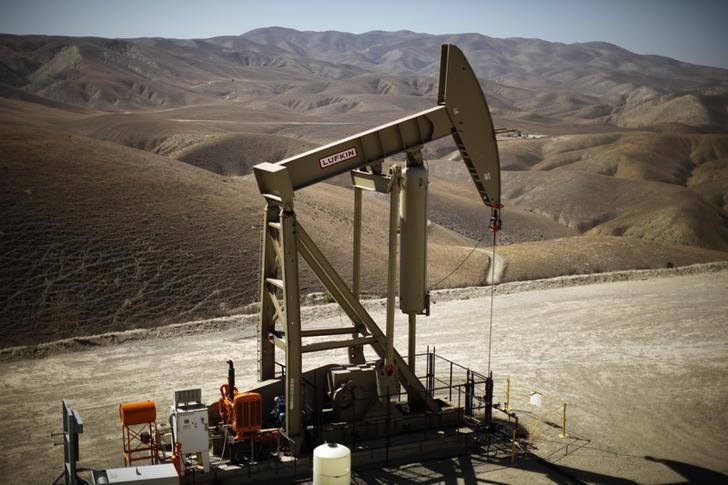TSMC earnings; Oracle analyst meeting; Gold’s new high - what’s moving markets
Investing.com -- Kazakhstan, a member of the OPEC+ alliance, has been identified as the major contributor to the group’s oil production increase in February, according to recent OPEC data. The country, however, has not been able to meet its commitment to cut production.
Kazakhstan consistently produced more than its allocated quota of 1.468 million barrels per day (bpd) under the production-reducing agreement established by the Organization of the Petroleum Exporting Countries and its allies, collectively known as OPEC+. In February, the country’s oil production increased to 1.767 million bpd, up from 1.570 million bpd in January.
Despite its pledge to decrease output and compensate for overproduction, Kazakhstan is increasing oil production at the Tengiz oilfield, which is led by Chevron (NYSE:CVX) and is the country’s largest.
Meanwhile, Russia, another member of the OPEC+ group, saw a slight decrease in its crude oil output in February. The country’s production fell by 0.04% to 8.973 million bpd, down from 8.977 million bpd in January. This figure was slightly under Russia’s production quota of 8.98 million bpd under the OPEC+ agreement.
Russia’s quota is set to increase to 9.004 million bpd from April, in line with OPEC+’s overall plan for a gradual output increase. Deputy Prime Minister Alexander Novak stated last week that the OPEC+ group agreed to start increasing oil production from April. However, he also indicated that this decision could be reversed if market imbalances occur.
This article was generated with the support of AI and reviewed by an editor. For more information see our T&C.
